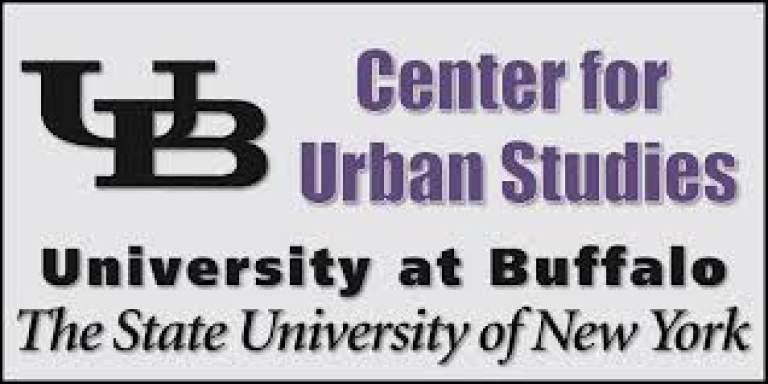
Event of Interest
Thick Injustices: Buffalo, Baltimore, and Ferguson A Community Conversation with Todd Swanstrom
October 29, 2015 6:00 pm
Thursday, October 29, 6:00pm
King Urban Life Center, 945 Genesee St., Buffalo
Free and Open to the Public
Police brutality and racial tensions in Baltimore and Ferguson warned us that across America, inner city neighborhoods and poor suburbs are still struggling with a chronic urban crisis: structural racism, inequitable distribution of metropolitan wealth, inadequate schooling, joblessness, low-incomes, poverty, bad housing, police brutality, and declining neighborhoods. The noted urbanist, Todd Swanstrom, frames these issues as “thick injustices.” On Thursday, October 29, Dr. Swanstrom will sit down with a group of Buffalo’s leaders and thinkers, along with community members, to discuss the relationship between Buffalo, Baltimore, and Ferguson. The conversation will include a discussion of causes, solutions, and next steps.
Panelists: Henry Louis Taylor, Jr., Moderator; Sam Magavern, L. Nathan Hare, Rev. Kinzer Pointer, James Pitts, and Rahwa Ghirmatzion
Presented by the Center for Urban Studies at the Buffalo School of Architecture and Planning
Todd Swanstrom, Ph.D.
Professor Todd Swanstrom is the E. Desmond Lee Professor of Community Collaboration and Public Policy Administration at the University of Missouri –St. Louis. He specializes in urban politics and public policy.
Swanstrom is an award winning scholar, practitioner, and “deep” thinker on urban issues. In 2011 he published a co-edited volume, Justice and the American Metropolis (University of Minnesota Press), which develops the idea of “thick injustice.” His co-authored book, Place Matters: Metropolitics for the Twenty-first Century (University Press of Kansas) is a must read for anyone concerned about metropolitan inequality, race and social class issues. His provocative essays on Ferguson moved the discussion beyond the shooting of Michael Brown to the questions of “thick injustice” and structural racism, which led to that deadly encounter. Swanstrom is presently doing research on neighborhood dynamics in weak market metros and the causes and effects of high levels of involuntary residential mobility.
This award winning scholar also views the world through the lens of practice. He worked as a neighborhood planner in Cleveland and as the Director of Strategic Planning for the City of Albany, NY. In St. Louis, he assisted in the support of a network of community development corporations (CDCs) and is working on reforming the community development infrastructure system and raising funding for grassroots neighborhood planning and community projects.